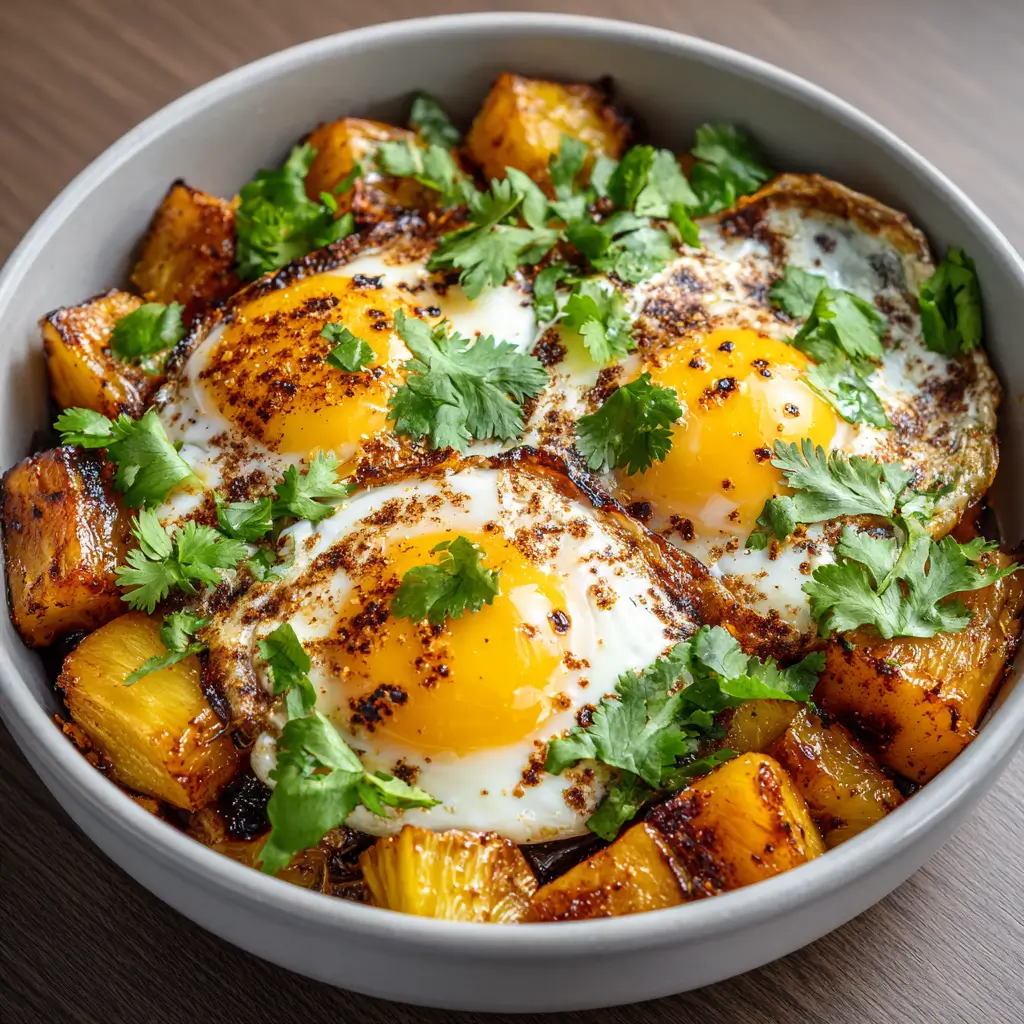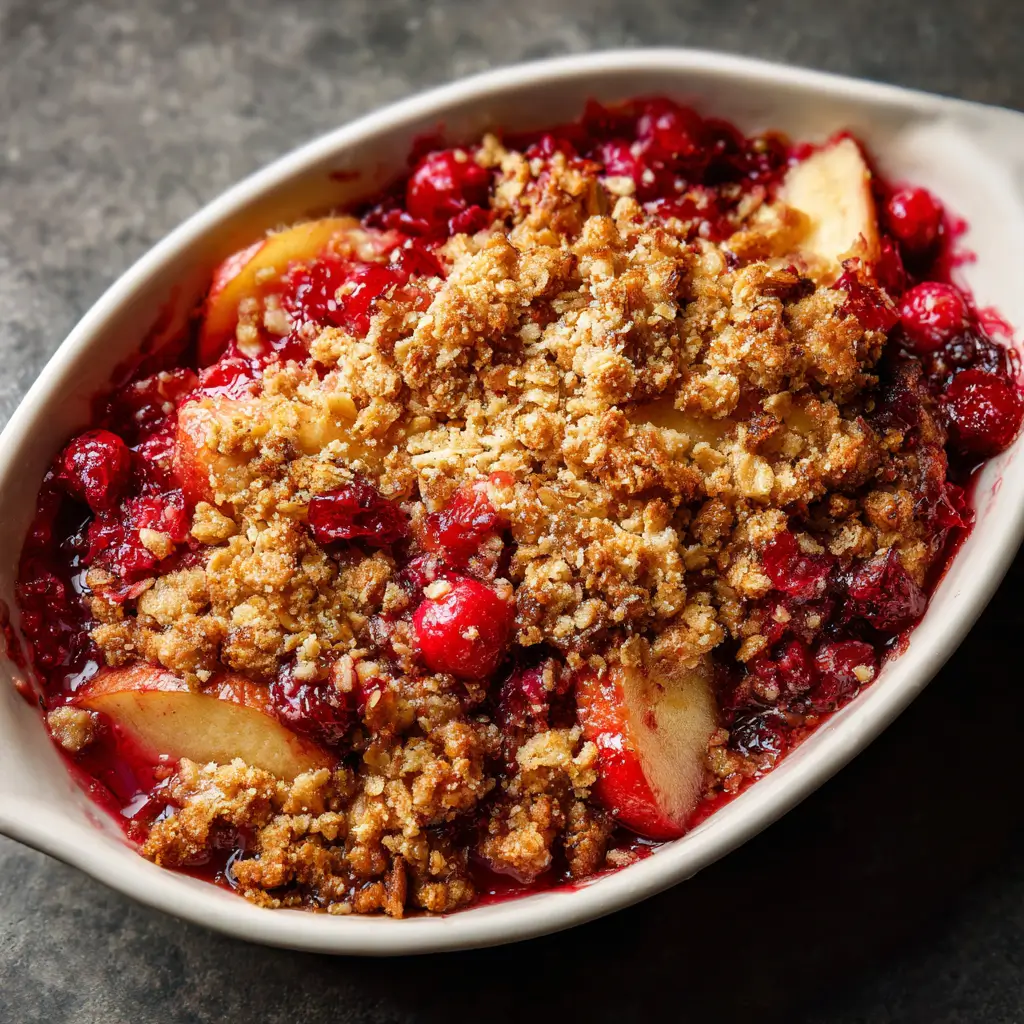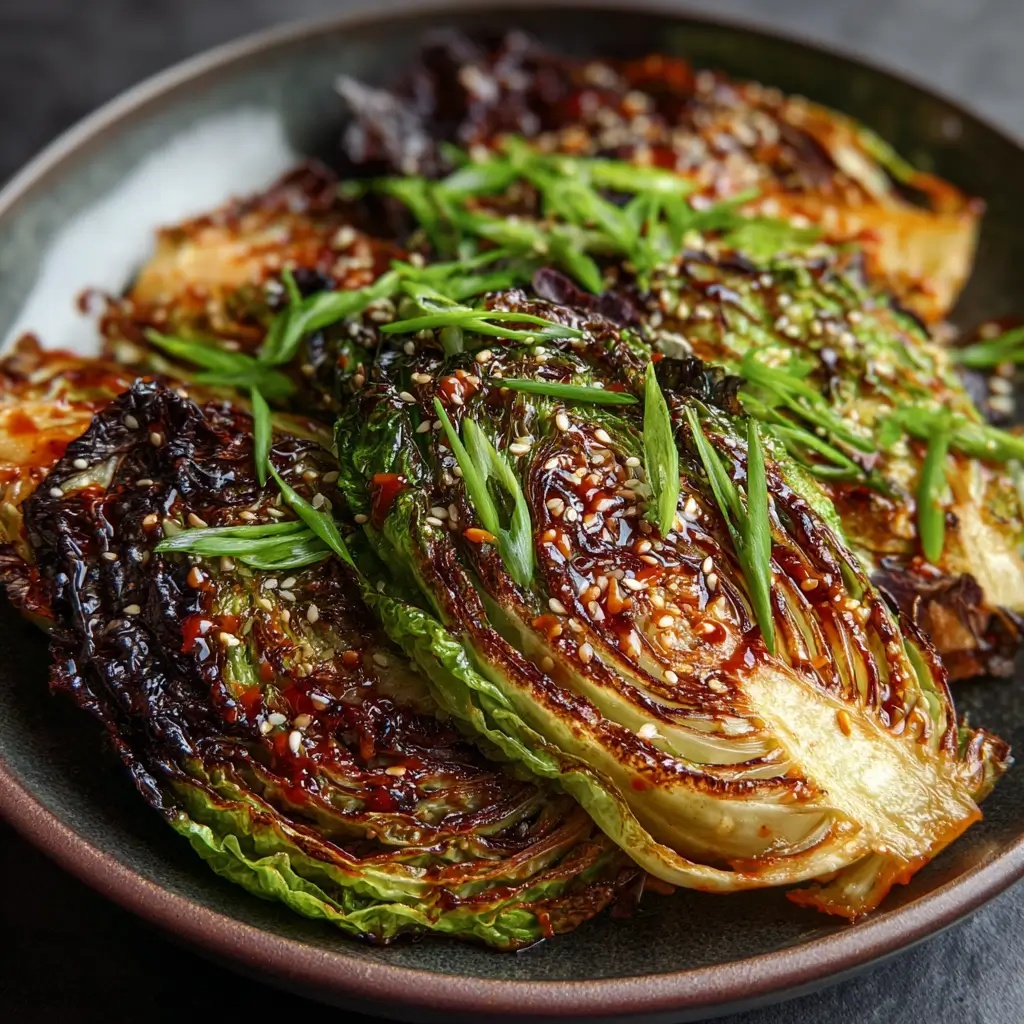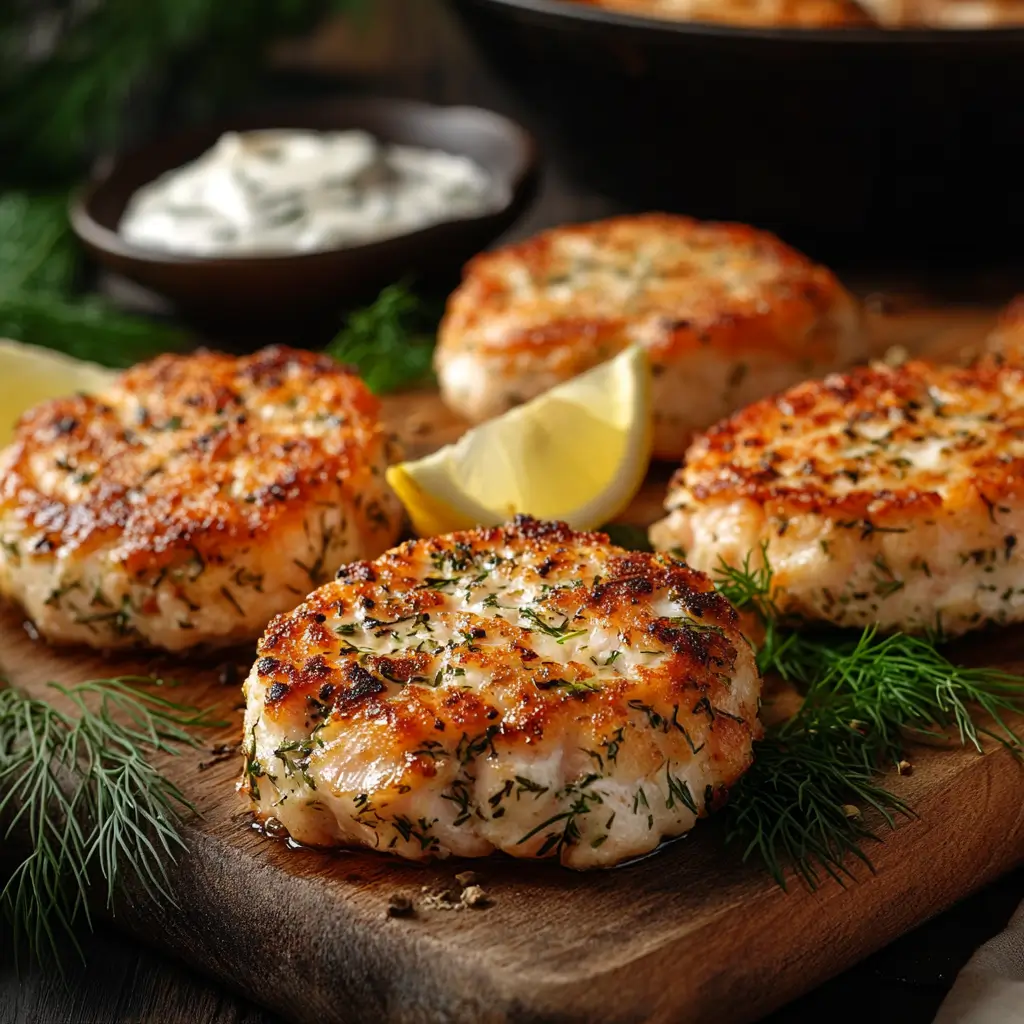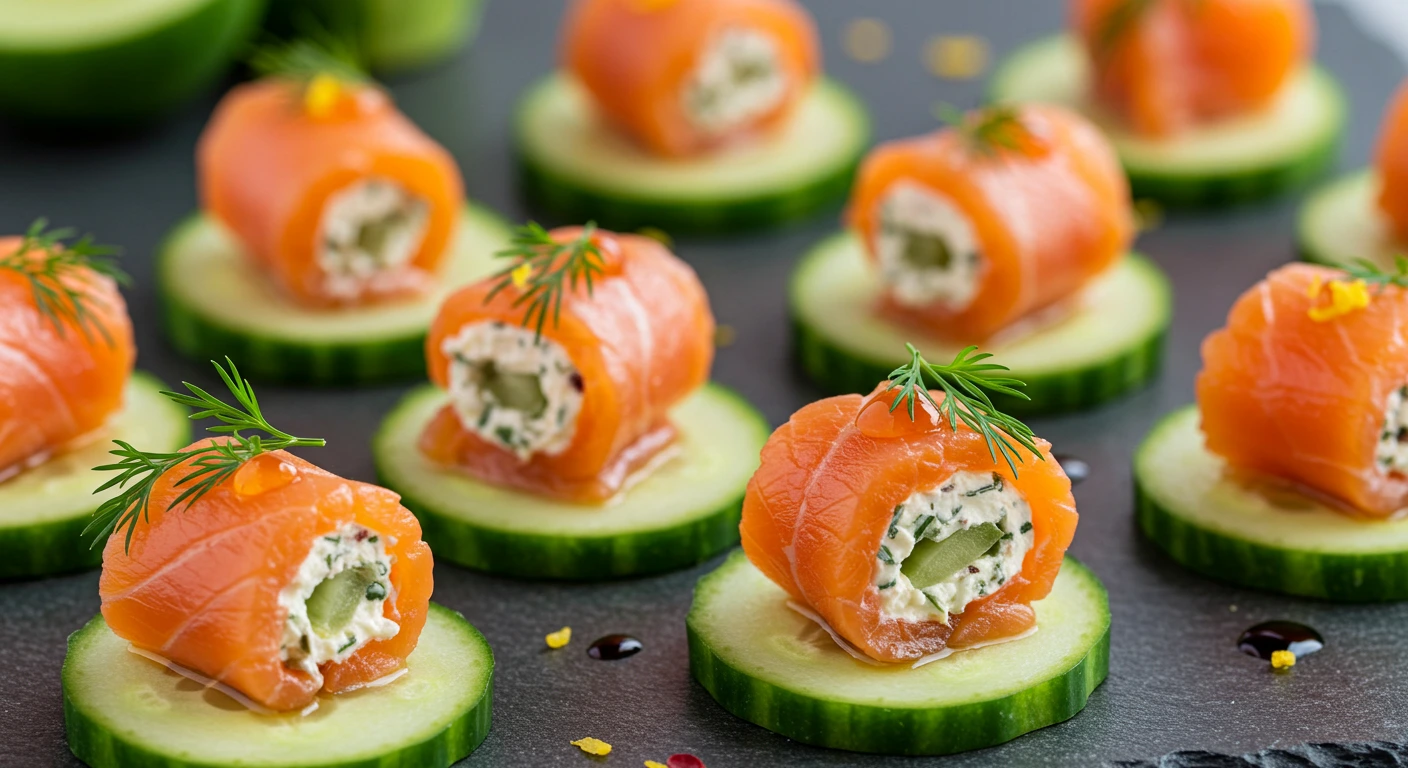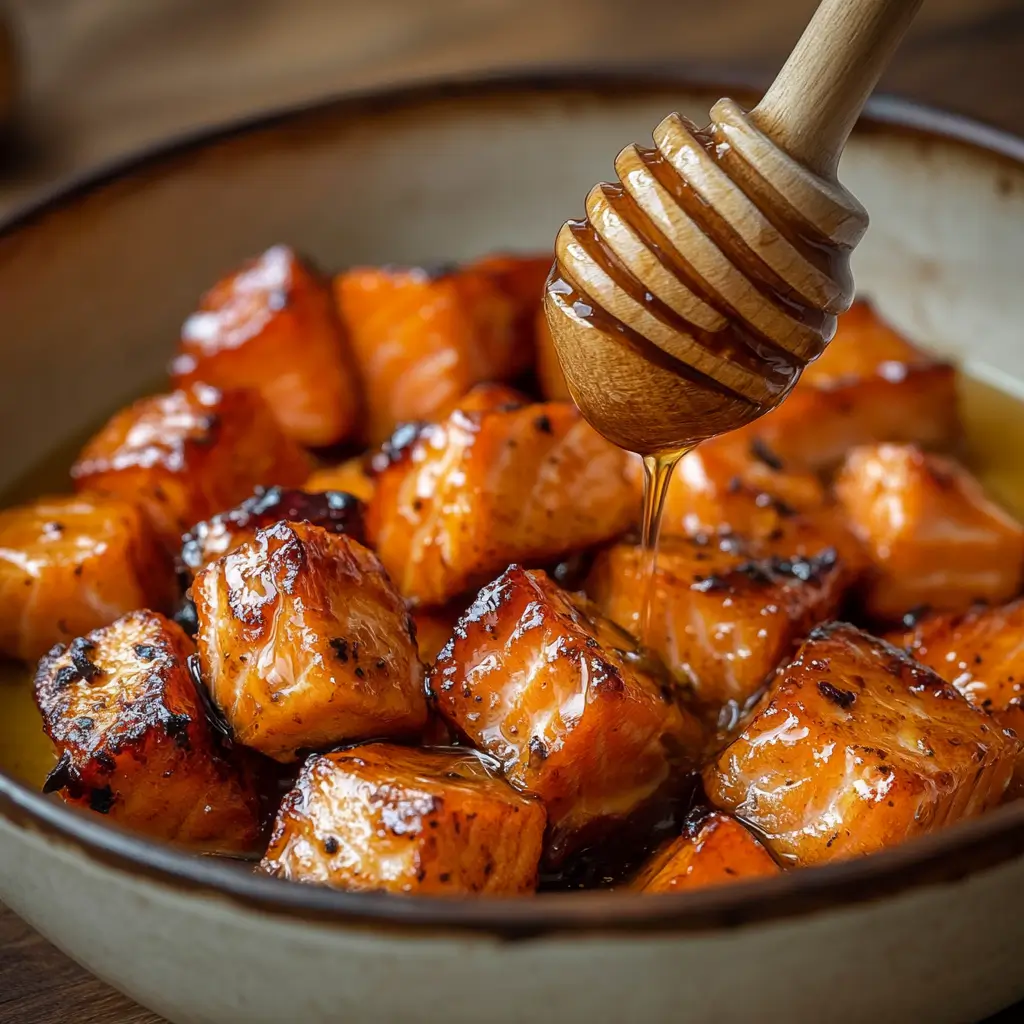A Baked Salmon Roulade is a gourmet delight that masterfully combines the delicate, flaky texture of fresh salmon with a rich, flavorful filling, all rolled into a visually stunning spiral. Oven-baked to perfection, this dish transforms simple ingredients—such as fresh salmon, creamy fillings, herbs, and citrus—into an elegant entrée suitable for special occasions or an upscale dinner at home. It’s not only a feast for the eyes but also a symphony of balanced flavors, offering a savory experience with every bite.
Whether you’re a seasoned cook or a beginner, this roulade is surprisingly straightforward to prepare and highly customizable, making it a versatile go-to recipe for impressing guests or treating yourself to a refined meal.
Key Benefits of Baked Salmon Roulade
Healthy and Nutritious
Salmon is a powerhouse of nutrition, packed with omega-3 fatty acids that support heart health and brain function. It’s also an excellent source of high-quality protein and essential vitamins like B12 and D. This roulade is not only delicious but also a wholesome choice for a satisfying, nourishing meal.
Flaky, Tender Perfection
Baking the salmon roulade keeps the fish moist and tender without drying it out. The rolled shape contrasts with the flaky texture of the salmon with the creamy filling inside, creating layers of delightful textures and flavors in every slice.
Customizable Fillings
One of the best parts about the roulade is how versatile it is. You can adapt the filling to suit your palate—whether adding fresh herbs like dill or parsley, incorporating spinach for earthiness, or including a hint of tangy cheese. The roulade invites creativity, allowing you to personalize it according to dietary needs or seasonal produce.
Impressive Presentation
With its spiral shape, the roulade presents beautifully on any dining table. This visual appeal elevates any meal without requiring advanced culinary skills, making it perfect for holidays, dinner parties, or romantic dinners.
Quick and Easy to Prepare
Despite its gourmet appearance, the roulade is simple to assemble and requires minimal prep time. Baking it in the oven means you can multitask or prepare other dishes simultaneously, making it an efficient choice for busy home cooks.
Ingredients for Baked Salmon Roulade
To make a successful salmon roulade, using fresh, quality ingredients is key. Here’s what you’ll need:
- 4 skinless salmon fillets (about 1.5 lbs): Choose fresh, firm salmon. Wild-caught salmon typically offers more flavor, but farmed salmon works well, too.
- 8 oz cream cheese: This adds a creamy texture and helps bind the filling. For a lighter option, Greek yogurt can be substituted.
- 1 cup fresh spinach: Provides color, nutrients, and mild earthiness to balance the richness.
- 2 cloves garlic (minced): Adds savory depth.
- 1 tbsp Dijon mustard: Offers a tangy contrast to the creamy filling.
- 1 tbsp lemon zest: Brings brightness and enhances the salmon’s natural flavors.
- 1 tsp fresh dill (chopped): Dill is a classic herb pairing with salmon, adding an aromatic note.
- Salt and pepper: To season.
- Olive oil: For drizzling to get a golden crust.
- Parchment paper: To line the baking sheet for easy cleanup.
Optional additions: capers, chives, parsley, or a sprinkle of grated cheese like Parmesan or Gruyère for extra flavor complexity.
Instructions for Baked Salmon Roulade
Preparing the Oven and Salmon
- Preheat your oven to 375°F (190°C). Line a baking sheet with parchment paper to prevent sticking and simplify cleanup.
- Lay the salmon fillets skin-side down on the baking sheet. If your fillets are thick, gently butterfly them by slicing horizontally to create an even surface for the filling.
- Season both sides with salt and freshly ground black pepper generously.
Making the Filling
- In a mixing bowl, combine the cream cheese, fresh spinach, minced garlic, Dijon mustard, lemon zest, and chopped dill. Stir until smooth and creamy, with the spinach evenly distributed.
Assembling the Roulade
- Spread an even layer of the filling over each salmon fillet, leaving about a half-inch border around the edges.
- Carefully roll the salmon fillets from the short side to create tight spirals, tucking the edges in as you go to prevent the filling from spilling out.
Securing and Baking
- Use kitchen twine to tie the roulade in 2–3 places, ensuring it holds its shape during baking.
- Drizzle olive oil over the roulade for a crisp, golden finish.
- Bake in the preheated oven for 20-25 minutes, or until the salmon reaches an internal temperature of 145°F (63°C) and the outside is lightly browned.
Resting and Serving
- Remove from the oven and let the roulade rest for 5 minutes. This step allows the juices to redistribute, keeping the fish moist.
- Slice the roulade into 1-inch-thick rounds to reveal the beautiful spiral pattern and serve immediately.

Serving Suggestions for Baked Salmon Roulade
Side Dishes That Complement the Roulade
- Garlic Mashed Potatoes: Creamy, buttery mashed potatoes with a touch of garlic soak up the roulade’s flavorful juices perfectly.
- Roasted Vegetables: A mix of Brussels sprouts, carrots, and asparagus roasted to caramelized perfection adds both color and texture.
- Fresh Salad: A light salad with mixed greens, cherry tomatoes, and a citrus vinaigrette balances the richness of the salmon roulade.
- Couscous or Quinoa: These grains are excellent for soaking up flavors and add a wholesome element to the meal.
Sauces and Condiments
- Lemon Dill Sauce: Combine Greek yogurt, lemon juice, dill, and garlic for a tangy, refreshing dip.
- Herb Butter: Melt butter infused with lemon zest and herbs for a luxurious finish.
- Tartar Sauce or Garlic Aioli: Creamy condiments that add richness and depth to each bite.
Presentation Tips
- Slice roulade into thick, neat rounds for maximum visual impact.
- Serve family-style by placing the whole roulade on a platter for guests to slice.
- Garnish with fresh dill or parsley for a pop of vibrant green color.
Frequently Asked Questions (FAQ)
Do you roll a roulade from the long or short side?
Roll the salmon roulade from the short side. This method helps the roulade hold together better and creates thick, attractive slices. Rolling from the long side can produce a thinner, less manageable roll.
Should salmon be covered or uncovered when baking?
Bake salmon uncovered to achieve a golden crust and prevent excess moisture buildup. Covering the salmon traps’ steam, resulting in a softer exterior without that appealing browned finish.
Can you eat roulade the next day?
Yes! The flavors of the roulade often deepen after resting overnight. Store leftovers in an airtight container in the refrigerator for up to two days. Reheat gently in the oven at a low temperature to maintain moistness without overcooking.

Baked Salmon Roulade
Ingredients
- 4 skinless salmon fillets (about 1.5 lbs)
- 8 oz cream cheese (or Greek yogurt for lighter option)
- 1 cup fresh spinach, chopped
- 2 cloves garlic, minced
- 1 tbsp Dijon mustard
- 1 tbsp lemon zest
- 1 tsp fresh dill, chopped
- Salt and pepper, to taste
- Olive oil, for drizzling
- Parchment paper, for lining baking sheet
Instructions
- Preheat oven to 375°F (190°C). Line a baking sheet with parchment paper.
- Lay salmon fillets skin-side down. Butterfly the thick fillets if needed for an even surface. Season with salt and pepper.
- In a bowl, mix cream cheese, spinach, garlic, Dijon mustard, lemon zest, and dill until creamy.
- Spread filling evenly over each fillet, leaving a small border. Roll up gently, tucking sides in.
- Tie roulades with kitchen twine to secure shape. Drizzle with olive oil.
- Bake for 20-25 minutes, until salmon is cooked through and golden.
- Let rest for a few minutes, then slice into 1-inch rounds and serve.
Notes
Did you make this recipe?
Please leave a comment on the blog or share a photo on Facebook



